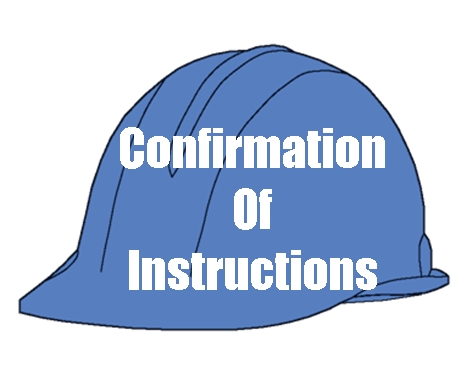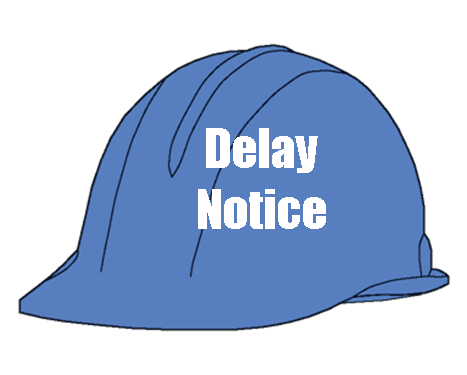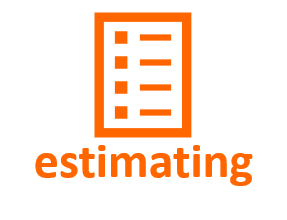CLIENT MANAGEMENT
Managing Your Client Relationships
Client management documents provide you with the opportunity to pre-define your responsibilities with regard to the work that you will be doing for a client. By establishing up-front the client financial responsibilities, you will be in a more defensible position when the inevitable misunderstandings arise with your buyers.
We would all like to believe that every job will proceed smoothly, with all problems easily resolved. The problem with this concept is that we build houses for people. And because we are working with people, there will be problems. Some of the problems will be simple misunderstandings. Some of the problems will be purposeful misrepresentations.
Establishing a process for dealing with problems before the problems arise is just good business practice. The following documents should work well for your construction business.
|
The Five Documents In the System |
Pre-Define Responsibilities |
|
Introducing the Documents |
Why You Need a Client Management System |
The Confirmation of Instructions
This document replaces the Change Order. It accurately reflects the reality that any changes from the original contract are at the request of the Buyer and provides information relative to those changes.
It also enables you to follow the history of changes in materials and changes in dollar value of the construction contract. This feature is critically important when it comes to explaining the chronology of changes to the customer, the lender, or the judge.
The Notice of Acceptance
In my experience, it is best to have several points in the construction process at which the Buyer signs off on the work that has been done, and agrees that the work meets her expectations. My experience is that these points are at the end of the framing, the drywall, and the finish work, but you can use any milestones which fit your production schedule.
Alterations which arise at any of these inspections can be easily accomplished and are easily assigned as "changes" (client's responsibility) or "mistakes" (my responsibility). The milestones I use also demonstrate that any changes in framing after the "Substantial Completion of Framing" Notice of Acceptance are the responsibility of the Buyer.
Finally, the Notice of Acceptance sets the stage for the Draw Request. If the Buyer accepts the framing as complete, she should have no concerns with paying the framing draw as outlined in the contract.
If she balks at signing the NOA, then I know I have a problem and can deal with it at that time, not when I have spent the entire budget just before the final walk-through. If I wait to handle problems until the final walk-through, I have no leverage with the Buyer because I am on the hook for the entire cost and the Buyer can just wait me out.
The Draw Request
The Draw Request follows on the heels of the Notice of Acceptance. It is based on the payment schedule outlined in the construction contract, and bolstered by the fact that the Buyer has accepted all the work which has been done prior to the Notice of Acceptance.
The Delay Notice
The Delay Notice is used to notify your client that a problem exists that is sufficiently serious that you have stopped production on the project until the problem is resolved.
It is important that you provide written notice to the client of your intent and the reason for the delay. Should questions arise in the future regarding the construction schedule, this document will provide the information necessary to substantiate your actions.
The Restart Notice
The Restart Notice closes to loop on the Delay Notice, and indicates that the problem has been resolved. It meticulously documents what was wrong, what was fixed, and, most importantly, what the effect of the delay was on the price and the schedule of the project.
This is a free opportunity for you to re-establish the schedule for the project. Do not ignore this opportunity!!!

















